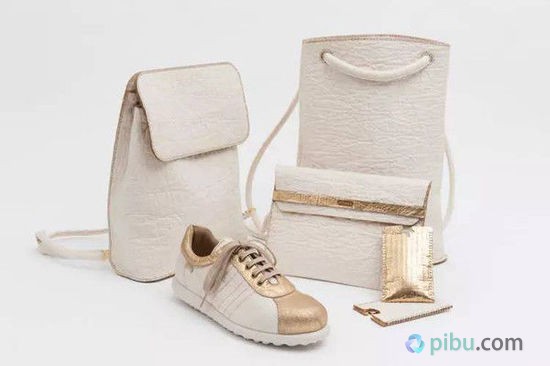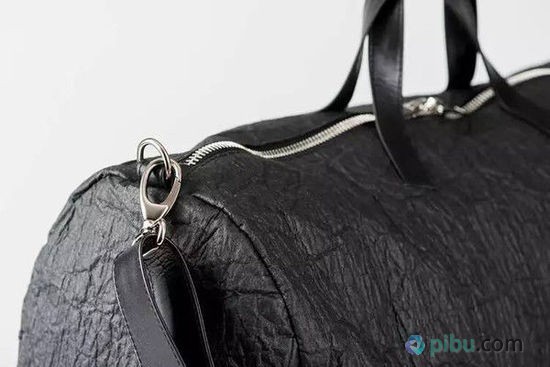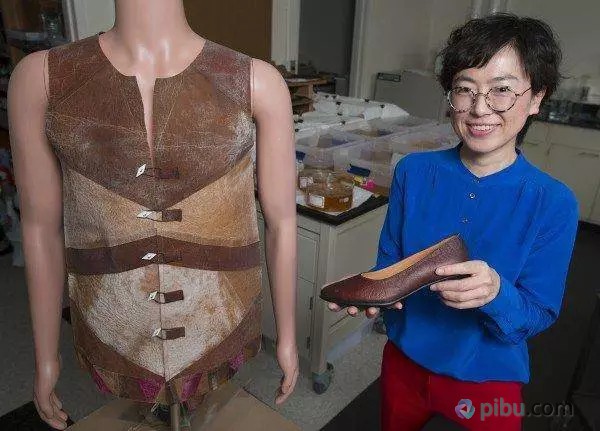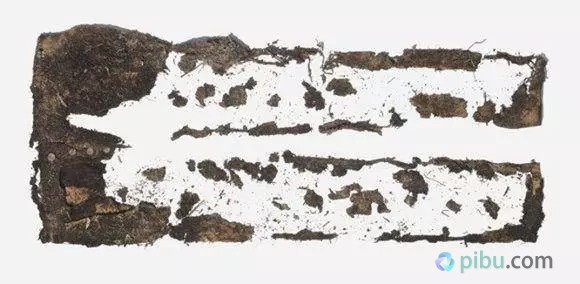Pineapple leaves made of shoes
When leather expert Carmen Hijosa visited the Philippines, he discovered that the country was planted with pineapple trees everywhere, and that the piles of leaves after harvest became waste. She noticed that the fibrous structure of this leaf is very suitable for making leather substitutes. So Hijosa spent seven years developing pineapple leaf fiber as a proprietary product, Piatex. This non-woven material, which is sold in rolls, is soft, sturdy, lightweight, breathable, and easy to print. It can be processed into shoes, bags, car and aircraft seat materials, and more.


Tea leather goods
In today's advocacy of environmental protection, many friends love leather clothes, can only reluctantly cut love. But now you don't have to worry about it. Young-A Lee, associate professor of clothing design at Iowa State University in the United States, and her team use special fiber materials made from tea by-products to replace traditional clothing fabrics, especially leather products. These materials are biodegradable and eventually return to the soil in the form of nutrients. This cellulose fiber has been tested in cosmetics, foods and wound dressings.

Percentage of one hundred green fiber "Tencel"
Tencel is a new kind of viscose fiber. The amine oxide solvent used in production is completely harmless to the human body and can be recovered almost completely. It can be used repeatedly without any by-products. Tencel fiber can be completely decomposed in the soil, no pollution to the environment and no harm to the ecology. It has cotton: "Comfort", the "strength" of polyester, the "luxury beauty" of wool fabric, and the "unique touch" and "soft drape" of silk. It is very tough under dry or wet conditions. .

Turn old clothes into high-quality green fiber
Considering that the current viscose fibers or soluble fibers are mainly obtained from trees, Swedish textile recycling company re:newcell AB has developed a new technology: a cellulose-based textile fiber recycling process that can dispose of waste textiles (such as jeans Old clothes such as T-shirts etc. are converted into new dissolving wood pulp. This dissolving wood pulp is mainly used for the production of high-quality environmentally friendly textile fibers such as viscose fibers and soluble fibers, which can greatly extend the life of human resources.

Degradable jeans
Freitag from Zurich, Switzerland has extensive experience in sustainable use. They introduced a biodegradable pair of jeans. Made of flax and hemp fiber, this pair of jeans is 100% biodegradable, contains minimal chemical content, and is non-bleachable. Polyester threads, metal buttons and rivets used in traditional denim clothing are difficult to degrade. Freitag invented a non-spiral button and biodegradable thread to solve this problem.

For more content, please follow this site
Polyester Cotton Blended Fabric T/C
Polyester Cotton Blend Fabric,Polyester Tc Fabric,Workwear Polyester Cotton Fabric,80 Polyester 20 Cotton Fabric
Wujiang Bonheur Special Textile Co.,Ltd. , https://www.bonheurtex.com